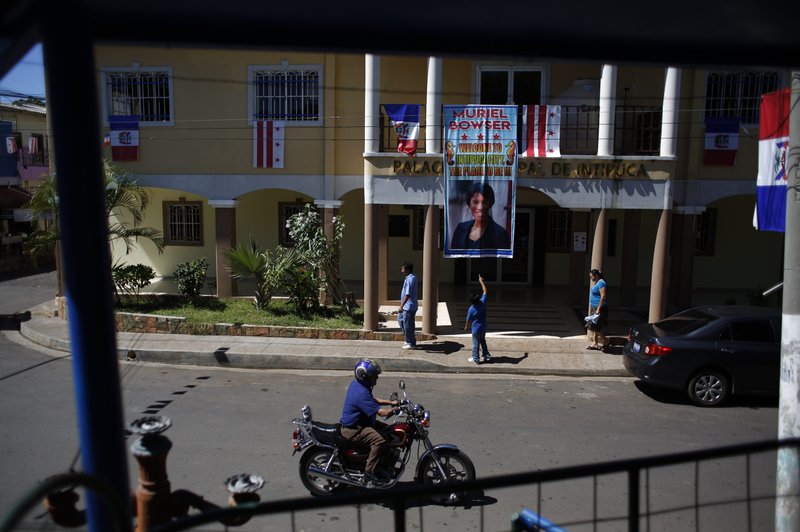INTIPUCA, El Salvador -- In a quiet, cobblestoned town near the Pacific coast of El Salvador, residents are unfazed by President Donald Trump's administration seeking to lock up families indefinitely and ending temporary protected status for people from their country. They're still going north.
"The people in this town know a lot of people get deported or stuck on the road, but still they go, sometimes with family, sometimes alone," said Sgt. Ambrosio Vasquez Garcia, the police chief.
In Intipuca, moving to the U.S. -- and particularly Washington, D.C. -- has been a way of life for 50 years. Going to D.C. is a rooted part of the community's habits, beliefs and customs.
Half the town's population is there and many of its homes are empty. Former residents now in the U.S. support Intipuca, even paying for teachers at the public school, making sure children learn English.
Going to Washington, D.C., more than 3,000 miles to the north, is a migration pattern that began in the 1960s. Some have visas and go back and forth legally. Others pay smugglers with successful records of moving residents through Mexico and across the U.S. border: $7,000 for one person, $11,000 if they're taking a child.
"We all go, why not?" said Mauricio Castellon.
Castellon lived most of his life in the U.S. but was recently deported after an arrest. Deportations used to be an embarrassment, but have become the norm. Those who can, go north again.
The hero statue in their main plaza, Parque Los Emigrantes (The Immigrants Park), features a young man with a backpack, heading to the U.S.
A large banner still hanging in front of City Hall this week greeted the mayor of Washington, D.C.: "Muriel Bowser Welcome To Intipuca City The Place To Be!!!" She visited earlier this month, and promised to return. After all, some 5,000 of the town's 12,000 residents live in D.C., including the mayor's hairdresser.
"Salvadorans have played an important role in building the diverse, inclusive, and thriving Washington, D.C., that we live in today," she said in a statement.
While many Salvadoran communities are torn by violence, Intipuca is calm and safe.
On a recent visit, residents said they don't leave to flee gang violence, a common reason many urban Salvadorans try to leave. Instead, they're seeking upward mobility. In El Salvador, a laborer might earn $5 a day. In Washington, the minimum wage is $13.25 per hour.
Those wages, sent back to the Central American community, translate into health care and education, but primarily into housing: Two-story homes with plumbing, electricity, tiled floors and gardens are common in Intipuca, funded by money earned in the U.S.
"Oh we love it here. It's tranquil, calm, near the beach," said Manuel Arbaiza, 58, who first went to the U.S. with an uncle when he was 16. He's a U.S. citizen, along with his wife and daughters, and owns two beauty salons and a market in the D.C. area. His home is in Silver Spring, Md., but the family keeps a house in Intipuca, which they're renovating to live in during cold winter months, and where they eventually plan to retire.
Almost a third of Salvadorans currently live in the U.S., more than 2 million from a country of 6.3 million, a diaspora fueled by civil war, natural disasters and grinding poverty. Nationwide, Salvadorans receive $4 billion a year in U.S. remittances, about 15 percent of their country's GDP.
A Section on 08/22/2018
